The Mawaki Site, situated in the Mawaki neighborhood of Noto, Ishikawa, in Japan’s Hokuriku region, is an archaeological site showcasing the remains of a Jōmon period settlement.
Designated as a National Historic Site of Japan in 1989, it occupies a scenic location at the rear of a small cove on the Noto Peninsula, surrounded by hills on three sides and offering picturesque views of Toyama Bay.
The Mawaki Site encompasses a settlement that was continuously inhabited for 4,000 years from the beginning to the end of the Jōmon period.
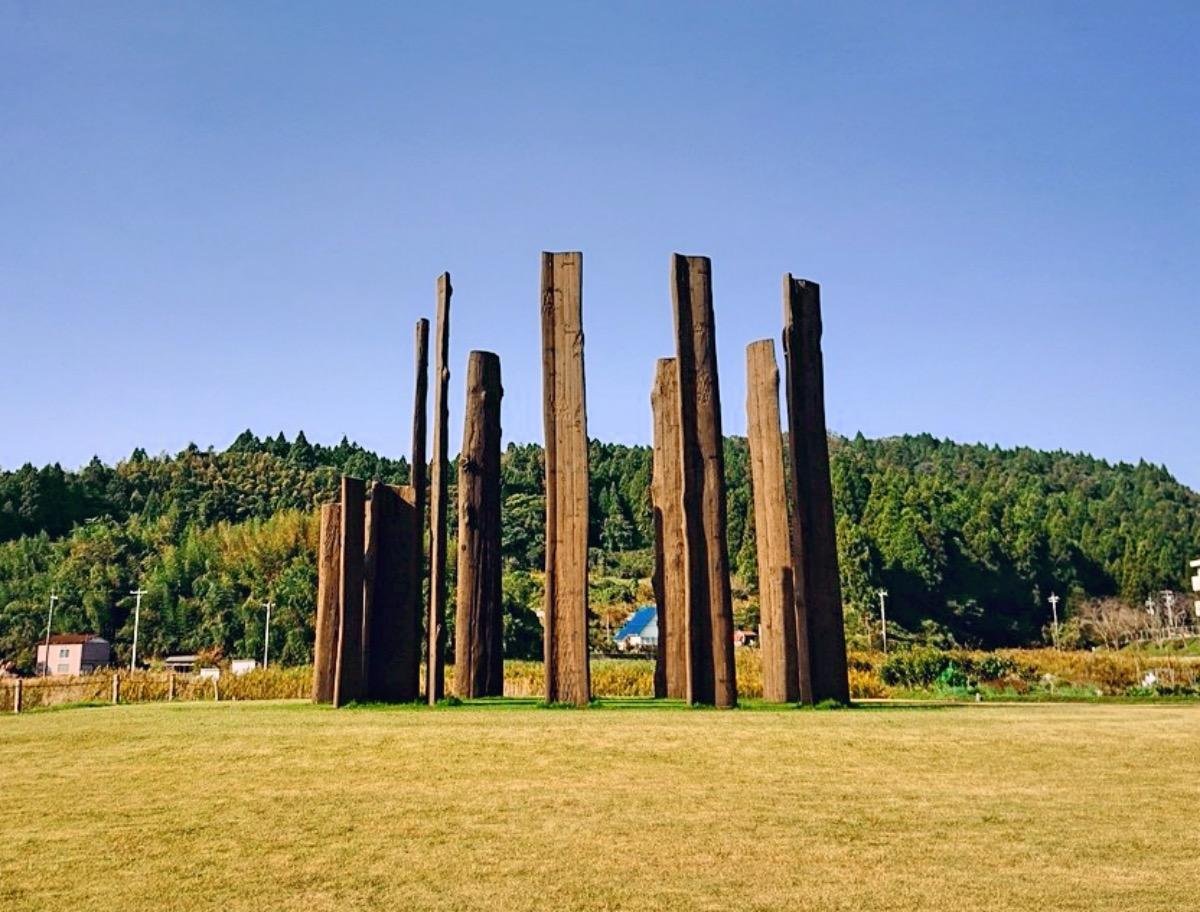
During a four-year excavation starting in 1987, a significant number of artifacts were unearthed, establishing well-defined stratigraphic layers that aided in dating. The extensive collection of relics included various items such as animal bones (notably dolphins), plant remnants, engraved pillars, ropes, knitted materials, masks, foundation posts for large raised-floor structures, and pit dwellings.
The site’s remarkable pottery collection encompassed a wide range of Jōmon period styles, featuring examples from the Hokuriku region as well as other parts of Japan, making it a crucial focal point for Jōmon pottery research.
In 1991, 219 items, including earthenware, stone tools, bone tools, clay figurines, rock figurines, stone sticks, ritual objects, wooden plates, and paddles, were designated as Important Cultural Properties.
The distinctive “Mawaki-style pottery,” believed to have originated from this site, has been found not only in Akita Prefecture but also in locations within the Kantō region. Furthermore, the Mawaki Site boasts several unique characteristics absent in other archaeological sites.
These include the “Ita-shiki clay pot grave,” where a board was placed in the grave prior to burial, and the “Paste floor dwelling site,” where the furnace was rebuilt six times in the exact same spot.
Additionally, the site features a circle of chestnut wooden columns forming a timber circle, similar to those discovered at the Chikamori Site in Kanazawa.
Today, the Mawaki Site has been transformed into an archaeological park, featuring the Mawaki Archaeology Museum, which showcases a selection of the findings.

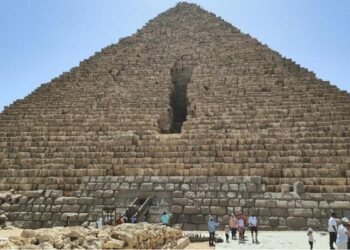
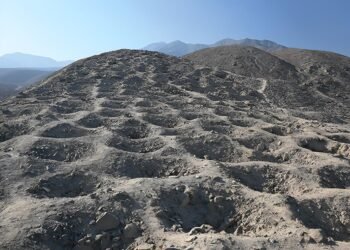
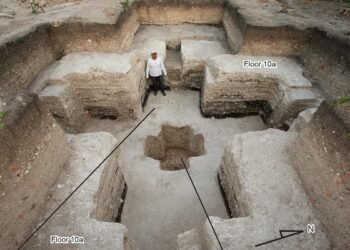
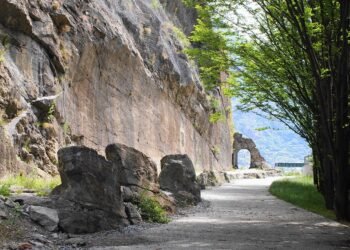
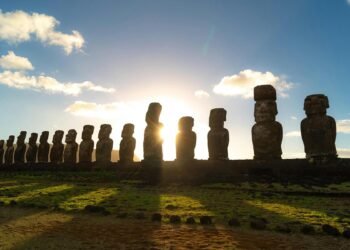
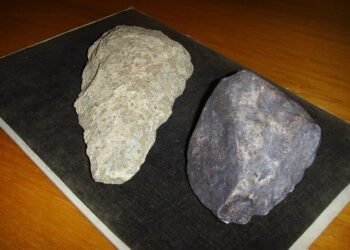















Comments 0